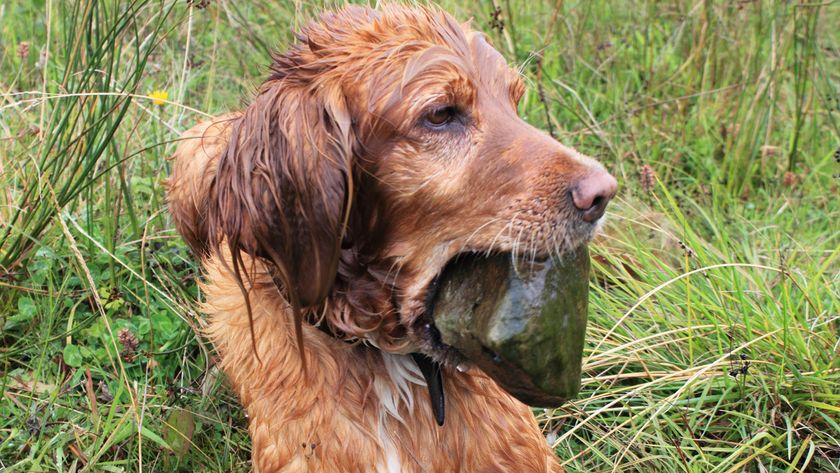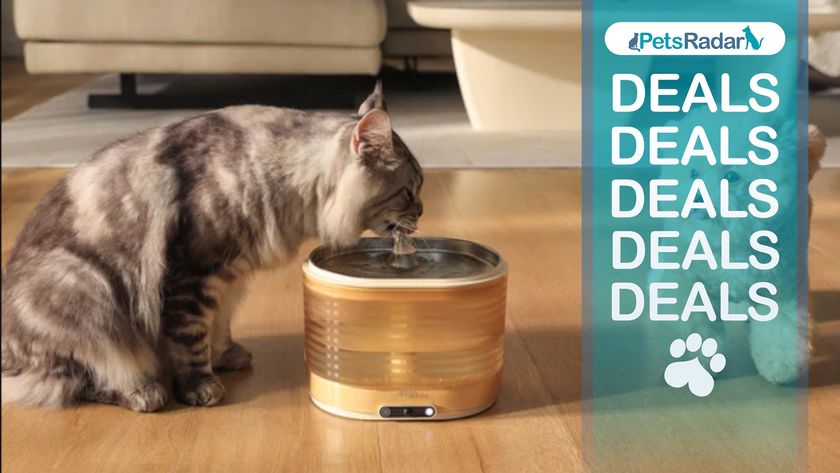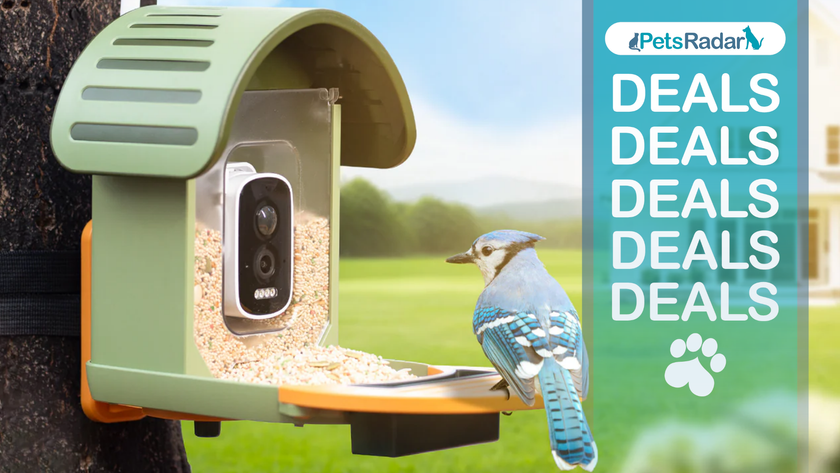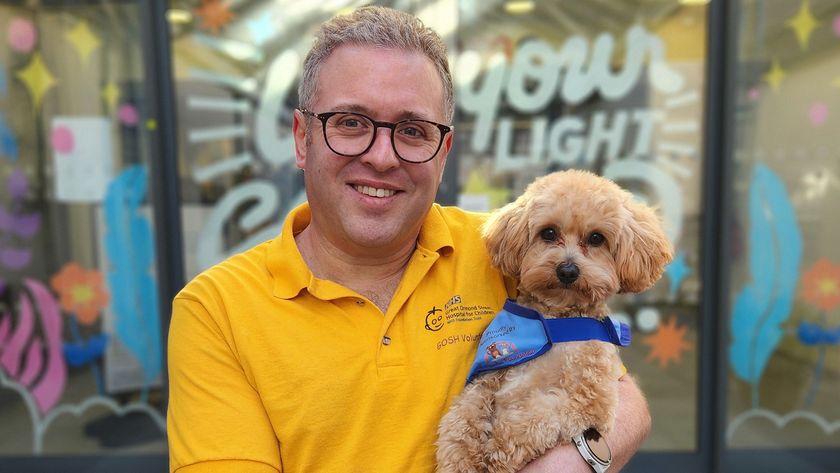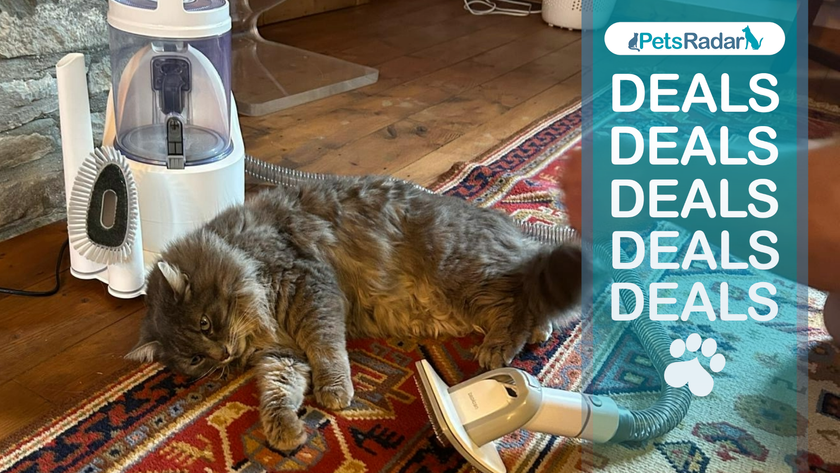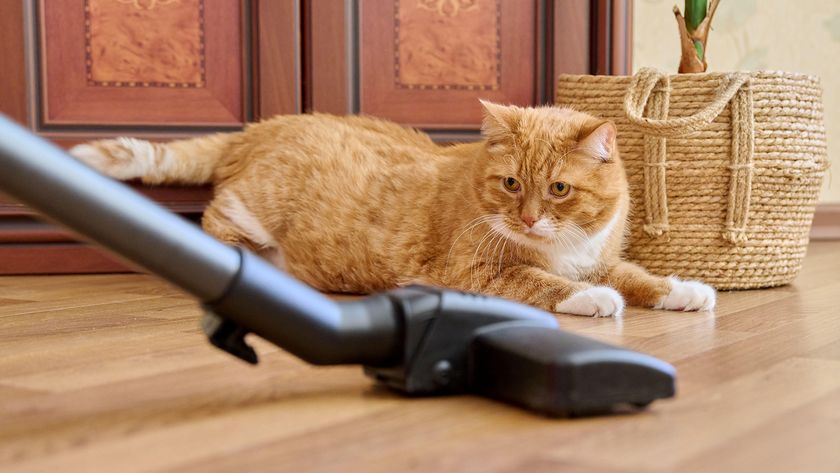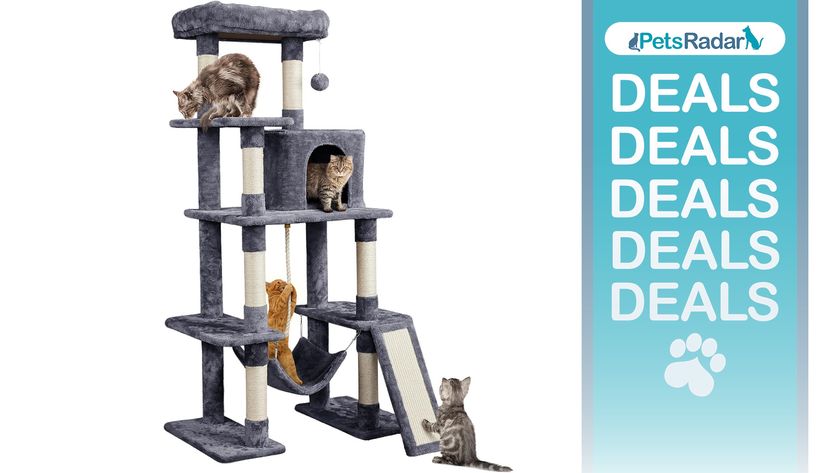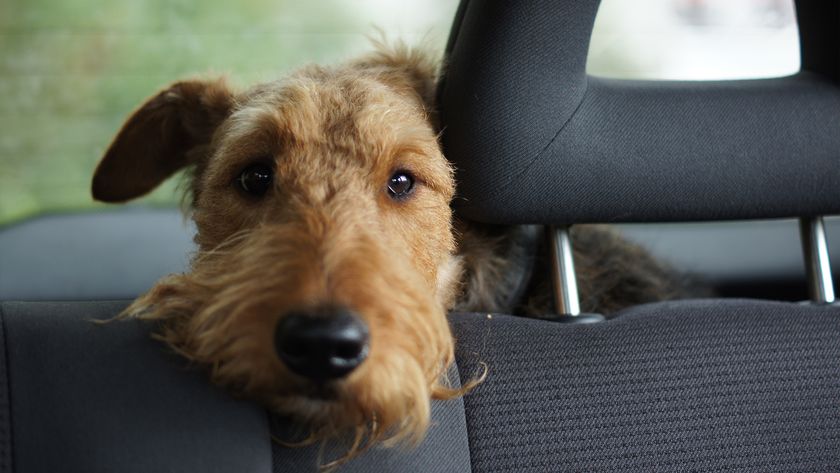Train: 3 tips to transform your dog's recall
Keep your dog coming back to heel with these training cues
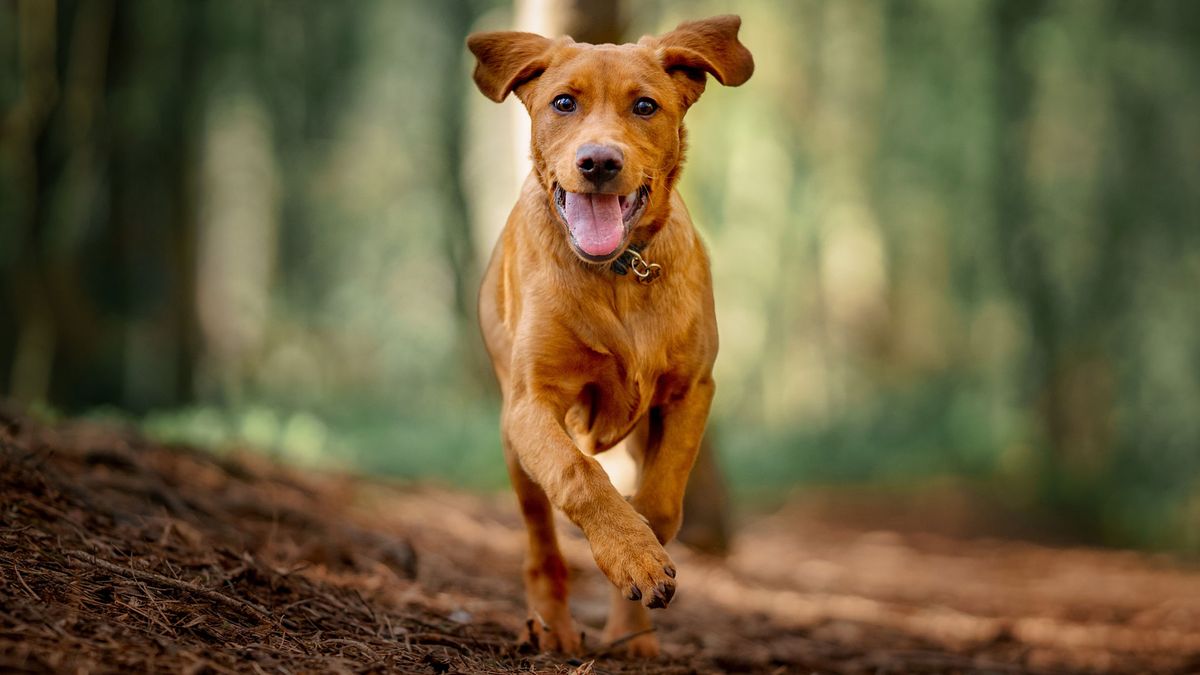
When the world is filled with so many eye-catching distractions (squirrels, fellow four-legged friends and squeaky toys, to name but a few) it can be hard to hold your dog’s attention. However, improving your dog’s recall not only helps keep your pet safe, but also allows you to give them more freedom to be let off the leash in public places.
Ironically, however, teaching your pup this skill is no walk in the park, and knowing where to start can seem like an unassailable task. Armed with the best dog treats, recall is something you can absolutely master with your dog. Fortunately for us, virtual dog training company Happy Dogs Training has shared a video on its Instagram account sharing three top tips to help you encourage your dog to rush back to your side in no time.
Scroll down to watch the clip and find out how to incorporate these techniques into your training.
Watch Happy Dogs Training's recall tips
A post shared by Happy Dogs Training (@happydogstrainingnc)
A photo posted by on
1. Decide what you expect from your dog
We’ve all seen dog owners screaming blue murder as their pet hares away from them at the park, trying every command under the sun to gain their attention. However, the team at Happy Dogs Training highlights the importance of establishing clear commands and criteria for your dog to meet when you use them, avoiding confusion.
For example, when you use a command like “come”, decide if you want your dog to come to your side, touch your hand or otherwise.
“Make sure your dog understands what you want, and reinforce that behavior consistently,” the company says.
PetsRadar Newsletter
Get the best advice, tips and top tech for your beloved Pets
“...Define your criteria and teach your dog what you want, then begin building reinforcement history for your desired behavior by rewarding your dog consistently for the correct performance.”
To make sure your message is received loud and clear, you should make sure you are consistent with your training and avoid using your chosen recall command if you are not going to reward the desired response.
2. Get the reward ready
If your pet does its best boomerang impression when you call its name, you don’t want to be fumbling around in your pocket for a treat to reward them. After all, with all the other distractions at the park, by the time you’ve found their favorite snack, you may already have lost their attention.
Instead, Happy Dogs Training advises owners to have their chosen method of positive reinforcement (be it a treat, toy, or ear scratch) readily available to dish out immediately when their dog exhibits the desired behavior.
“Recalls are hard and your dog has a lot of competing motivators when off leash - it’s important they know you will pay out when they arrive,” Happy Dogs Training explains. “If you don’t, they may get bored, leave and lack consistency with future recalls. Reinforcement for recalls should be consistent and continued.”
3. Don't go use your recall word too much
We’ve all been guilty of this, particularly when our distracted pup shows us a clean pair of heels at the park, but it’s important not to overuse your recall word. After all, if you’ve trained your pet to perform a specific response to this word, using it randomly is likely to confuse them and weaken the skill, Happy Dogs Training warns. And that’s not the only time we should be wary of overusing their recall command.
The training team explains: “We also shouldn’t overuse recalls when our dogs are enjoying themselves off-leash. Eventually, your dog will get tired of coming back to you and may choose more fun activities. Don’t call them every two seconds. Recall when needed, pay your dog, and let them go back to the fun!”
Looking for other ways to keep your dog busy? Check out 5 activities for a hyperactive dog.
Having grown up on farms in rural south west England, there has rarely been a moment in Harry’s life when his home hasn’t been filled with a cacophony of animal noises. From dogs, cats, hamsters and rabbits to chickens, goats, tortoises and a particularly mischievous lamb, he has always enjoyed being surrounded by a wide variety of pets. Currently, he enjoys living in the (comparatively quiet) company of his one-year-old cavachon, Archie. As a writer, he started his journalistic career in 2018 as a reporter earning bylines in more than 70 regional and national UK newspapers over the next three years. After this, he began writing for magazines, producing features and reviews for titles including Men’s Health, Good Housekeeping, Elle and Esquire.


